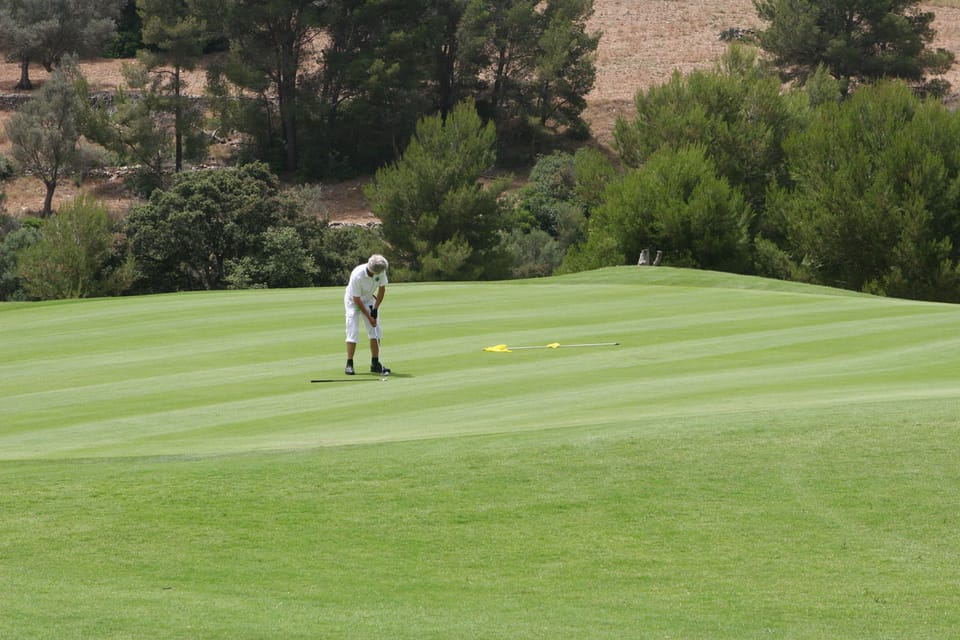Reading Greens Like a Pro: The Art of Putting with Precision

The best ball-strikers in the world still don’t win tournaments if they can’t read a green. Great putting isn't just about stroke mechanics—it starts with your eyes and your mind. Reading greens is an art form, and with a few consistent techniques, you can turn more two-putts into one-putts—and avoid the dreaded three-putt altogether.
1. Start Reading as You Approach
Don’t wait until you're standing over the ball. Begin evaluating the green as you walk up. Take note of high and low points, the general slope, and any visible drainage patterns. Greens tend to slope toward water or away from mountains. Keep those subtle cues in mind.
2. Use Your Feet
Your feet are sensitive slope detectors. As you walk around your putt, pay attention to how your weight shifts—especially when standing behind the ball or crouching halfway between ball and hole. This helps reinforce what your eyes are telling you.
3. Read from Multiple Angles
The most important perspectives are:
- Behind the ball (looking toward the hole) – gives a general sense of line and break.
- Behind the hole (looking back) – helps confirm what you saw from the other side.
- From the low side (perpendicular to the break) – reveals the true slope that might be hidden from front-on views.
4. Factor in Speed
The break and speed are inseparable. A firmer putt will hold the line better and break less; a slower putt will take more of the break. If in doubt, most pros favor seeing the ball drop in on the “dying side”—just enough speed to fall in over the front edge.
5. Trust Your Read, Then Your Stroke
Once you've committed to the line and speed, execute with confidence. Wavering between two reads or second-guessing your break mid-stroke almost always results in a miss. A decisive stroke on a slightly misread line is usually better than a tentative one on the “right” line.
Next Steps
These steps might seem like a lot of work, or like you’re going to be spending time on the green while others wait for you, but they’re actually super quick once you get the hang of them. Plus, while other golfers are playing or setting up their shots, you’re already doing the mental calculations and watching their hits.
By doing these steps, you’ll actually save time and putts because you’ll be hitting less on the green.
